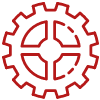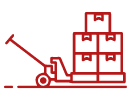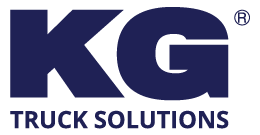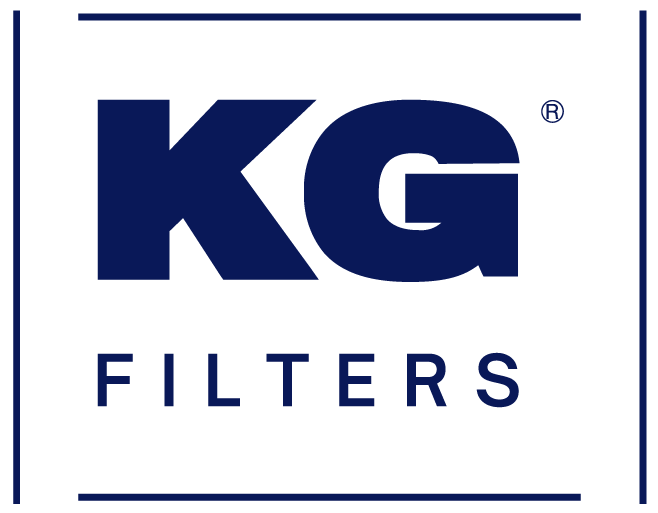Cylindrical roller bearings utilize cylindrical rollers as their rolling element and offer exceptional load-carrying capabilities. These rollers are guided by the ribs present on either the inner or outer ring. As both the rings are typically press-fitted into their respective shaft and housing, they can be separated to facilitate easy assembly. Moreover, in bearings without any inner or outer ring ribs, the rings can move freely in the axial direction. This makes cylindrical roller bearings a suitable choice for applications where there is thermal expansion of the shaft in the axial direction
INSIGHTS ABOUT OUR CYLINDRICAL ROLLER BEARINGS
QUALITY OVER QUANTITY
NTN offers a broad range of cylindrical roller bearings to cater to your specific requirements, including both inch and metric series bearings. Our NTN and Bower® branded bearings utilize premium-grade steels and undergo specialized heat treatments to enhance their reliability and extend their lifespan. Additionally, we ensure strict control over the heat treatment, dimensions, and surface finish of all components, further elevating the performance of our bearings.
HEAT HANDLING
NTN’s Austenite Strengthening (AS) process strengthens the rolling elements with a special heat treatment. In order to increase bearing life, NTN chemically alters the surface chemistry of the roller, resulting in a thin layer of retained austenite. An AS Treatment contributes to a 1.5 life multiplier.
HL SURFACE HANDLING
This unique micro-pitted surface finish increases bearing life for applications with inadequate lubrication due to the NTN High Lubrication (HL) surface treatment. These micro pots, which are designed to enhance oil film formation in bearing contact areas
by changing the surface finishes of components, have the ability to capture and channel oil effectively.
HIGH-CAPACITY SEPARATOR
By combining a caged design with a full complement bearing, NTN has developed a bearing that combines high load capability with high rotational speed capabilities. It is possible for NTN to keep the same number of rollers as a full complement design while reducing friction and heat generation by placing a resin rolling element separator between the rollers. With the right shape and guidance method, it is possible to achieve high speeds equivalent to those of caged bearings by optimizing the separators.
Bearings come in a wide variety of types, and each has its own advantages. KG International offers a range of cylindrical roller bearings to meet your needs. As a result, choosing the right bearing for your application design is vital.
BASICS OF CYLINDRICAL ROLLER BEARING
Cylindrical roller bearings and other roller bearing styles differ primarily in their name – as opposed to ball bearings, cylindrical roller bearings use cylinders as their rolling elements instead of balls. The length of the cylinders is same or a little longer than the length. Cylindrical roller bearings are more radially load bearing than ball bearings. Additionally, these roller bearings can accept relatively higher speeds than other types of roller bearings due to their cylindrical shape.
Cylindrical roller bearings come in a variety of types. Cylindrical rollers with one row are the most popular because they’re easily mounted and dismounted. Certain applications may not be able to support these, however. In addition to their greater capacity, axial loads can also be transmitted by using double-row and multi-row cylindrical roller bearings.
There are a variety of clearance options and lubrication options available for cylindrical roller bearings based on the requirements. The cylindrical roller bearing can be manufactured with a cage or as a full complement bearing.
CYLINDRICAL ROLLERS: FOR WHAT PURPOSE DO THEY SERVE?
Cylindrical roller bearings are ideal for a variety of industries due to their high radial load capacities, ability to accommodate higher speeds, and other benefits.
Typical markets for these bearings include:
- Electric motors
- Material handling equipment
- Pumps
- Oil and gas industries
- Gearboxes
- Wind turbines
- Machine tool
- Steel mills
WHY DO CYLINDRICAL ROLLER BEARINGS FAIL?
Cylindrical rollers require the same care and maintenance as all other bearings. Cylindrical roller bearings fail most often due to flaking, pitting, cracking, and chipping.
Fortunately, you can limit the chances of bearing failure. You can prevent bearing damage by taking preventative measures.
No matter what kind of cylindrical roller bearing you need or what other part you need, it’s important to get the exact bearings you need. Our expert team can help you determine whether there is an available bearing for your application or whether you need a custom-engineered solution. Contact us today to get the parts you need.

























